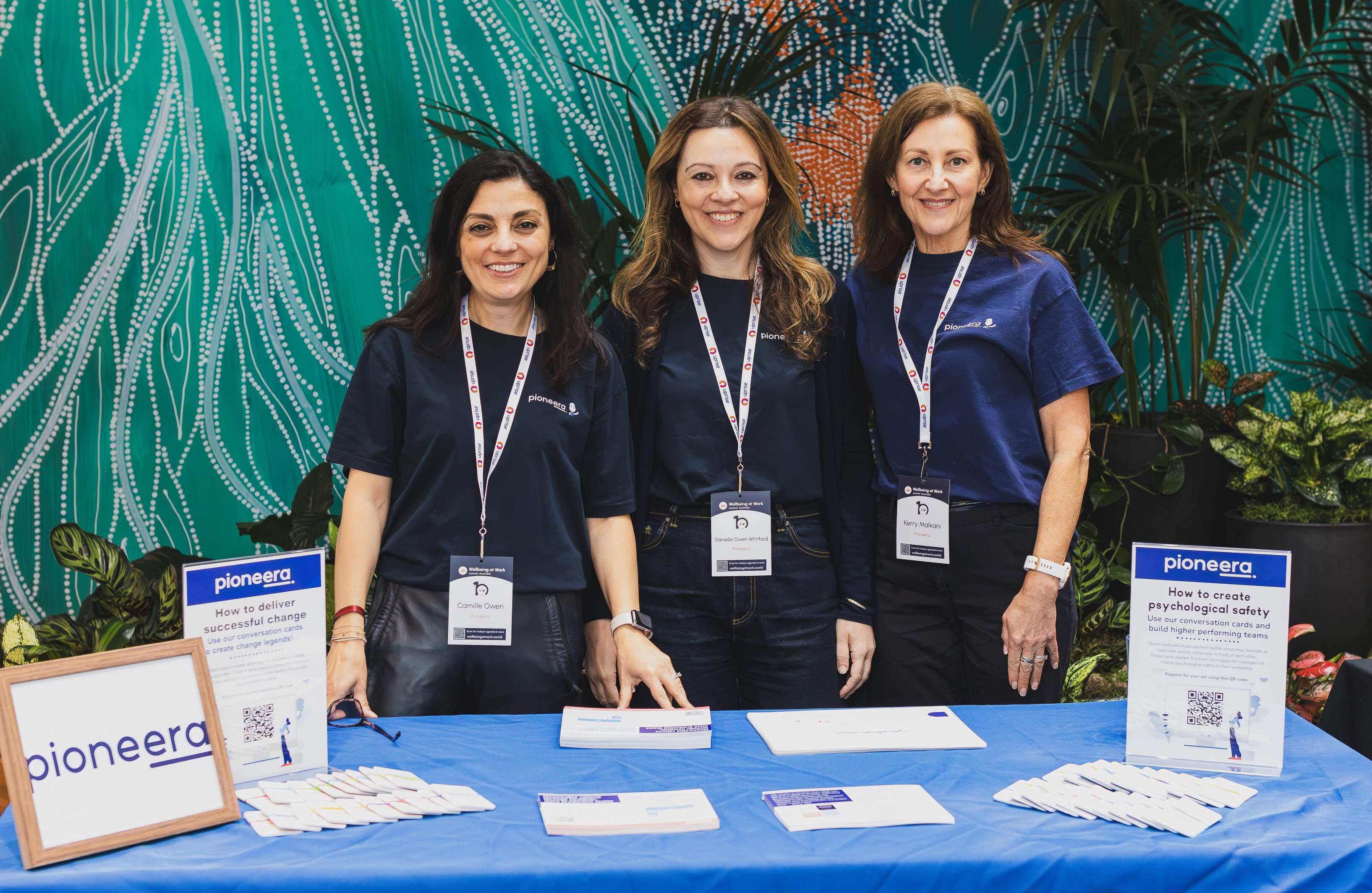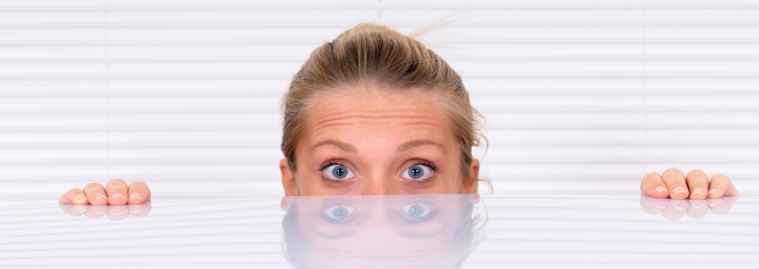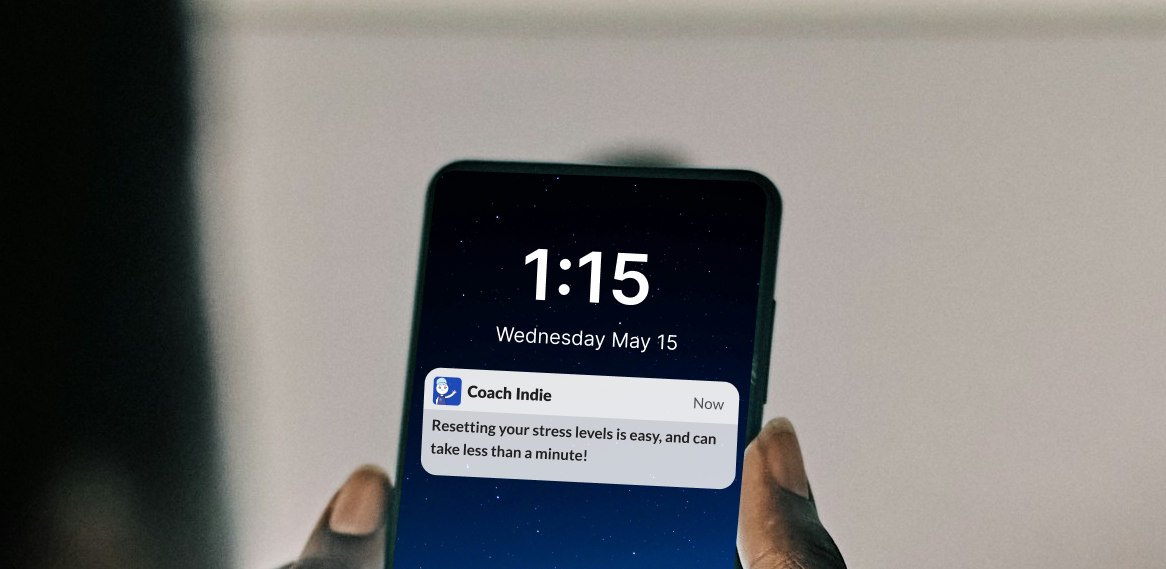Like diamonds, the best ideas come from extreme pressure, right? After all, look at our tortured creative predecessors - Van Gogh, Hemingway, Beethoven… But what if there was a better way? What if we could diffuse some of that stress and still be creative?
Studies have shown that workplace stress can actually lead to less creative output. Furthermore, a 2009 study showed that animals experiencing chronic stress are more likely to resort to old habits instead of new ideas. Not exactly a helpful response for creativity.
So, if you’re feeling stressed, it doesn’t mean you can’t be creative. A bit of stress can be quite beneficial. But, to be sustainable and keep the ideas flowing tomorrow, it helps to step back and take a different approach.
Here are 6 ideas to help.
Create a sense of psychological safety

Firstly, cut yourself some slack, and let go of the idea of forcing yourself to be creative. Help yourself get into a safer state of mind to be creative with some positive self-talk.
Avoid phrases like:
-
“I have to be creative”
-
“This must happen now”
Try phrases like:
-
“Let’s see what happens”
-
“I’m going to explore some possibilities”
-
“I’m going to play with a few ideas”
Give yourself permission to make mistakes and explore new ideas without judgement.
Trigger a “diffuse-thinking” state
Diffuse-thinking happens when your mind roams free. It’s all about accepting distractions and making random connections. The beauty is, it’s not reserved for a particular part of the brain. It occurs all over, giving your brain the opportunity to connect seemingly unrelated ideas, opening your mind to new possibilities.
Try these activities to trigger a “diffuse-thinking” state:
-
Go for a walk
-
Meditate
-
Read a book
-
Sit in the garden with a coffee
-
Take a short nap
Really anything to take a break and take your mind off work. Avoid multitasking to make the most of this mind state.
Go to your happy space

Where is your happy space? Is it the garden? A museum or art gallery? The lake? Go there! Immerse yourself in an environment where positive thoughts can arise freely. If you can, physically remove yourself from your computer/workspace. If you can’t, these virtual tours might come in handy.
Research has shown that looking at patterns in art and nature can have a profound effect on stress reduction. Stimulate creativity AND reduce stress… sounds like a win-win!
See what others have done
Sometimes, you just need to immerse yourself in information and let it sink in. Without forcing an idea, read all you can on the topic. See and (if possible) experience how others have solved a similar problem. Do you need to take a field trip? Can it be done virtually? Are there people you can ask?
Once you’ve taken your fill of new information, take a break. Let the information process in the background of your mind, and come back to it.
Collaborate

Talking through your ideas can help you gain perspective, stimulate new thoughts, and increase your opportunities for breakthrough moments.
Reach out to a friend to talk through your challenges and ideas over coffee, hold a brainstorming session with colleagues, or even bring in a consultant to help you problem solve.
Get some rest
You’re not doing anyone any favours by operating on empty. Get some rest, go to bed early, take a break to recharge. Sometimes the only way to move forward is to take a step back and take care of yourself.
Once you’re feeling a bit more refreshed, your brain will be more functional, allowing your mind to make the necessary connections to effectively solve problems and come up with that new, winning idea.
Final thoughts

A bit of pressure is good, but you don’t have to act the tortured creative to come up with new ideas. Be kind to yourself, focus your attention on easing stress and creating the right conditions for your mind to make new connections to fuel your creativity.
These tips are a good place to start.
Understand and measure stress in real-time to help support creative, high-performing teams with Indie by Pioneera.






